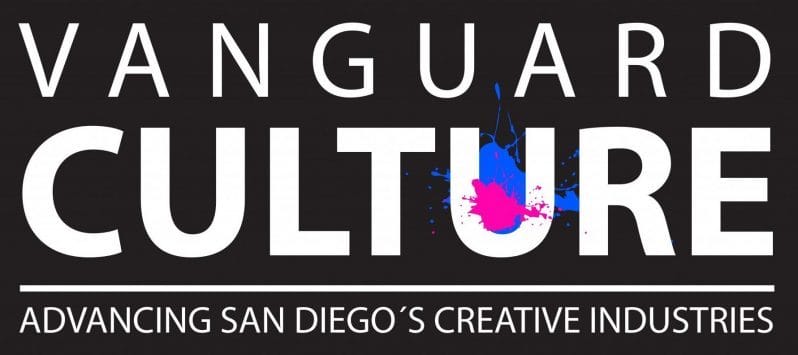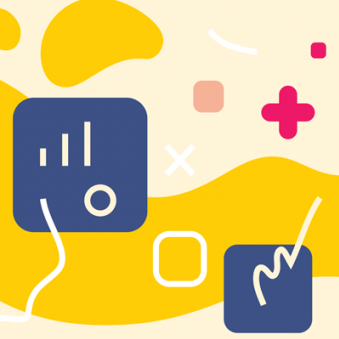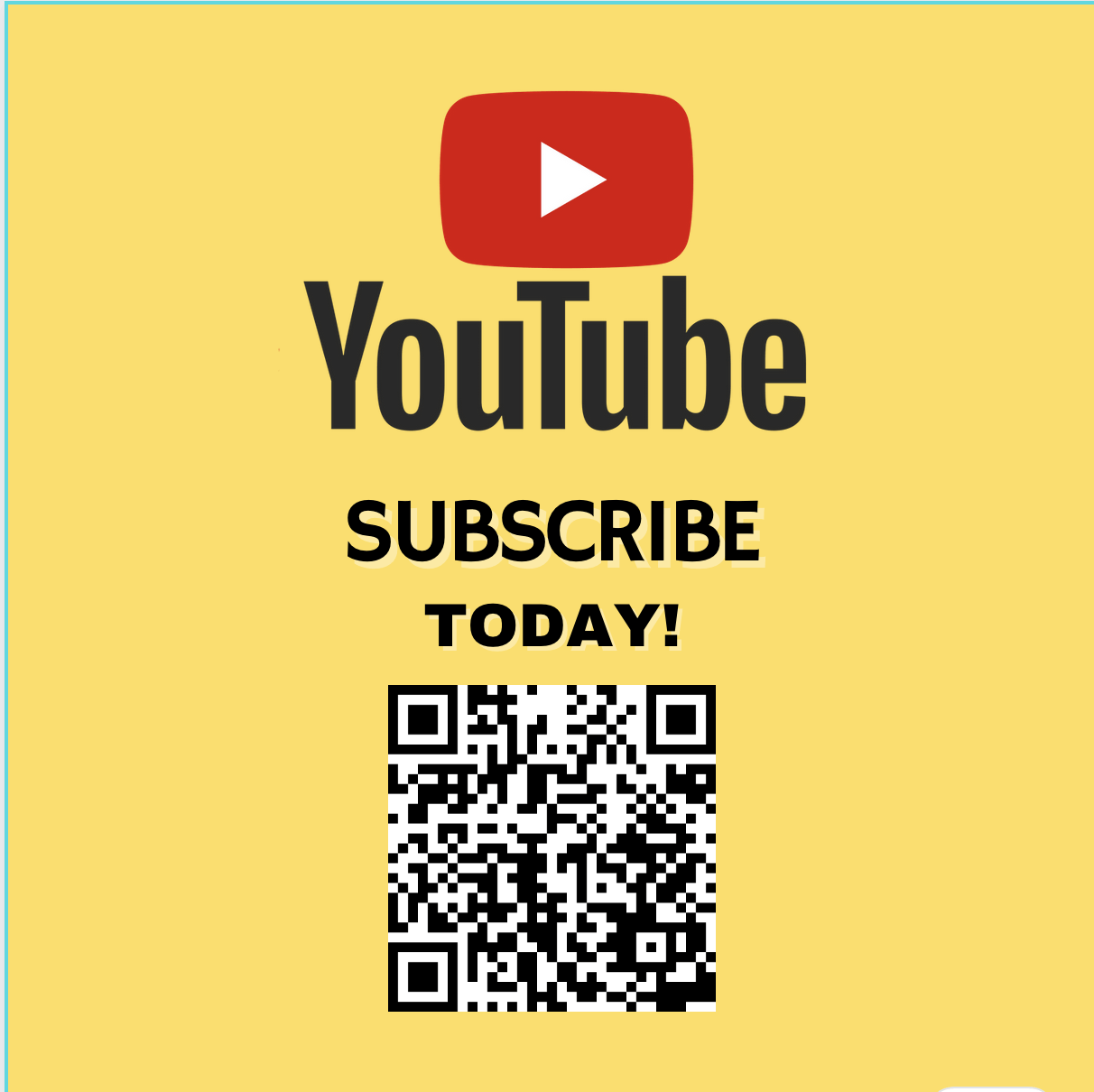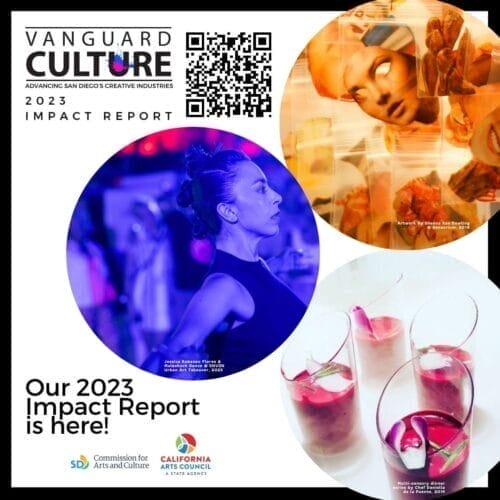Written by John M. Eger
February 15, 2022

At a policy meeting of the Alliance for Arts Education, the council was talking about the role of art in education. Melisa Shriver, (then Chair of the California Arts Council and wife of Bobby Shriver, R. Sargent Shriver’s son and one of JFK’s closest friends) shocked those in attendance.
“Let’s stop talking about art,” she said, “let’s talk about creativity because every parent, every business leader, every educator must know that’s what’s really important.”
There is a new urgency in recognizing the role of art, and the marriage of art and technology, in meeting the challenges of a new, creative innovation economy. While we are slowly coming to appreciate the increasing role of art as an economic and social tool as more of life and work is automated, the global pandemic has greatly accelerated these trends.
The increased use of robots in hospitals in the US, and perhaps many other nations too, as Martin La Monica, editor of The Conversation, reported, to “allow healthcare workers to remotely take temperatures and measure blood pressure and oxygen saturation from patients hooked up to a ventilator. Another robot that looks like a pair of large fluorescent lights rotate(s) vertically traveling throughout a hospital disinfecting with ultraviolet light. Meanwhile a cart-like robot brings food to people quarantined in a 16-story hotel. Outside, drones ferry test samples to laboratories.”(1)
This trend is not likely to disappear after Covid-19, Omicron, and of the other various viruses likely to appear, either. As Baylor University of Medicine writes: “Emerging infectious diseases are infections that have recently appeared within a population or those whose incidence or geographic range is rapidly increasing or threatens to increase in the near future.”(2) They note that, “The World Health Organization warned in its 2007 report that infectious diseases are emerging at a rate that has not been seen before. Since the seventies about 40 infectious diseases have been discovered, including SARS, MERS, chikungunya, avian flu, and swine flu.(3)
Most current jobs will likely be gone over the next 20 years, analysts say, which is why art and art integration as part of the new thinking will help most of us better prepare for the new economy. Why?
A Personal Experience
I have been an advocate for the arts and arts-based training. The use of Robots in medicine tells us however, that as if Globalization 3.0 and the sophisticated development of Artificial Intelligence aren’t threatening enough, the virus pandemic has accelerated the demand for more automation. The need for the arts and arts–based training, coupled with the tremendous role of technology, present all of us with an urgent new reality.
For most of my professional life I have wondered why art and science are thought of as two separate careers, why artists and scientists are two kinds of people. This occurred to me when I was asked by the California Governor Pete Wilson to be California’s Chair of the state’s Information Technology Commission, I learned that we seemed to be having trouble in Hollywood getting workers who could draw and were computer literate. Producers wanted an increase of H1B visas so they could look outside the U.S. for such talent.
It soon became obvious that we had a problem which was not going to be solved with more H1B visas. Something was wrong if American kids were simply not getting the jobs Silicon Valley or Hollywood was looking for. They simply did not have the right skills. We now know that individuals who possess the higher order thinking skills to solve complex problems prevalent today have both the muscular STEM skills as well as the creative skills that the innovation needed to succeed in the new economy.
This fact becomes particularly acute when we see Artificial Intelligent systems and robots performing almost anything most people take for granted. There is almost nothing a machine can’t do that a human being can do. And they don’t take coffee breaks, vacations, or get sick. What we are learning, however, is that the movement toward Robots and AI systems in the workplace, as I argued in The Future of Work is Not About Robots, It’s About Creativity, are not over.
©2000-2022 Creativity Portal, Chris Dunmire, and respective copyright owners. All rights reserved.
References:
- La Monica, Martin, The Conversation, “Robots are playing many roles in the coronavirus crisis — and offering lessons for future disasters,” April 22, 2020.
- Emerging Infectious Diseases, Baylor College of Medicine, 2020.
- Ibid.
©2022 John M. Eger. All rights reserved.






